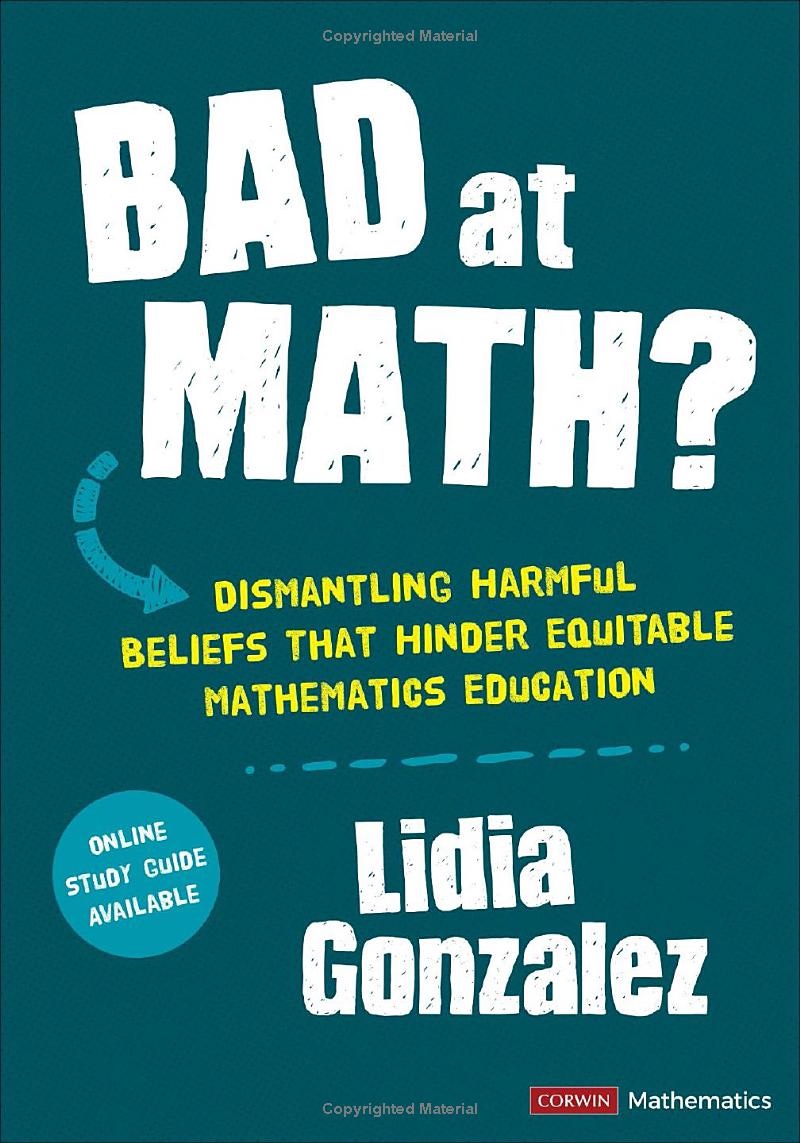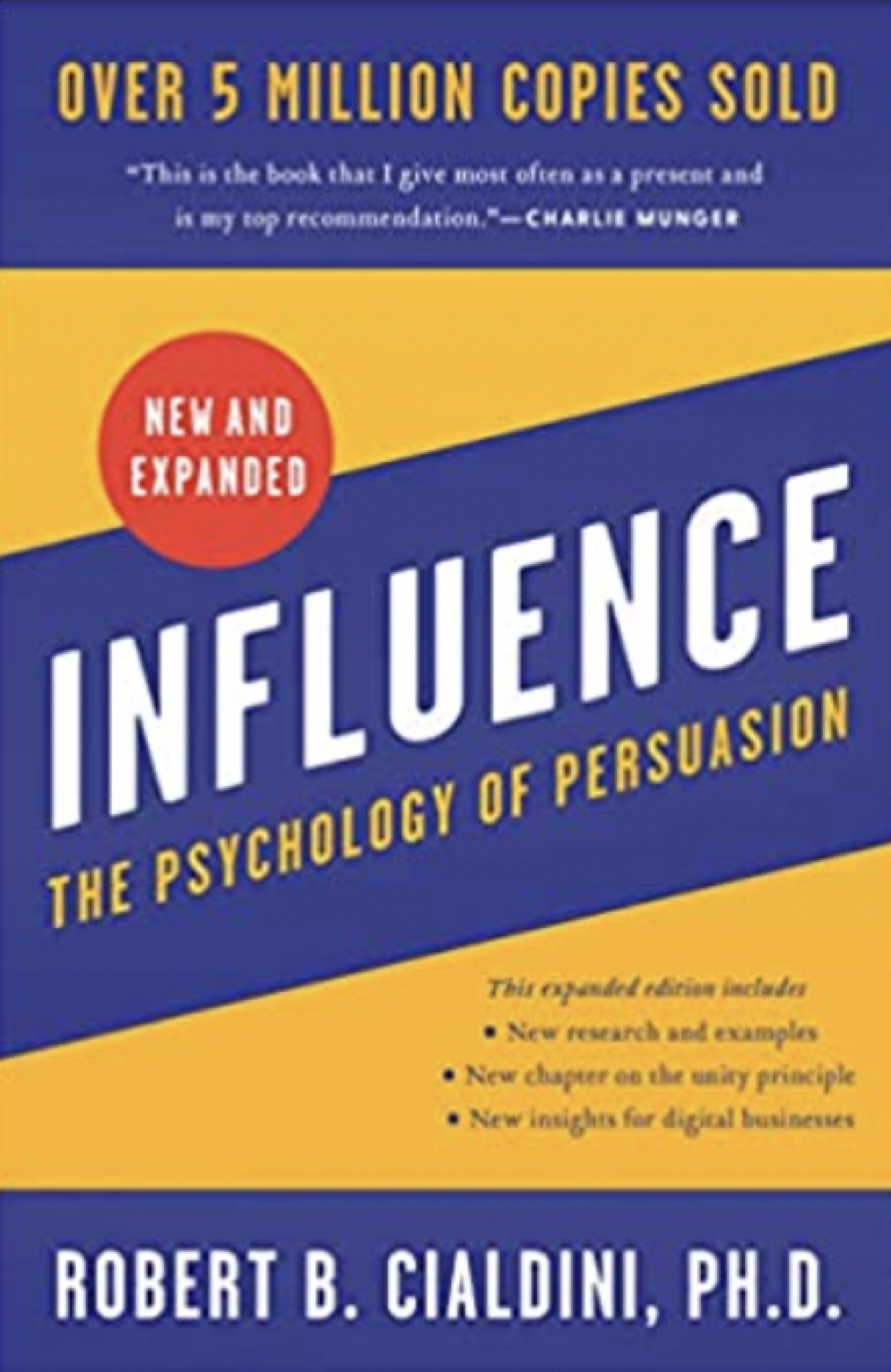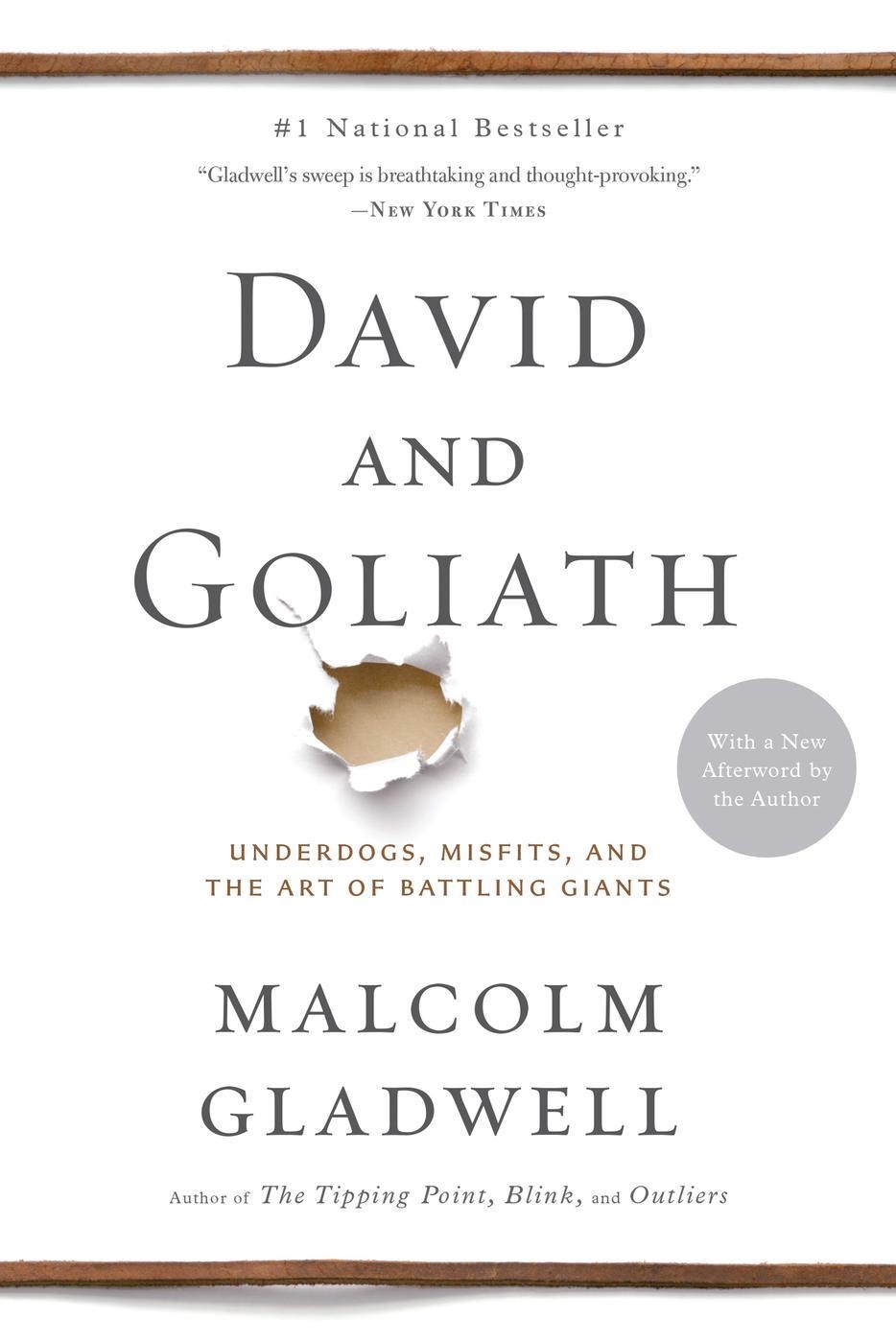
Bad at Math: Dismantling Harmful Beliefs That Hinder Equitable Mathematics Education by Lidia Gonzalez points out the fact that most people in our society are comfortable at saying they are bad at math. This certainly implies that there is something wrong with how we present and teach math in general. She also points out that the math achievement gap between poor and minority kids and wealthier children is likely an opportunity gap that perpetuates the problem. While you may not be able to solve this problem, you should do your part by starting conversations with parents, teachers, administrators, and policy makers and by sharing this important book.
Introduction
- It is somewhat alarming that most of our population is comfortable admitting publicly that they are bad at math. This behavior is also accepted by our culture and the media. This tells us that the way we conceptualize and teach math has to fundamentally change. What is needed is a growth mindset that tells you that you can get better at anything with effort. It’s vital that teachers have growth mindsets. This chapter will help.
- It is clear that existing reforms have fallen short. We also know that Black and Hispanic students struggle more with math than their white and Asian counterparts. This feeds and extends existing inequalities. It is important, therefore, to improve the mathematical experience of typically marginalized students. The main goal of this book is to tell us how to do this.
1. What Does It Mean to Be Good at Math?
- Many teachers are quick to assume a student is bad at math after one poor test score. They then view the student as not being good at math and act accordingly. Closed problems have one solution and only one way to be solved. Open problems have multiple solutions and be solved multiple ways. Open-middle problems have one solution but can be solved multiple ways. Research shows that students who routinely work on open problems do better in school and beyond. Open problems tend to take time and result in struggle, which students need to view as beneficial. Lidia provides resources for open problems here.
- Be sure to see my summary of “Dan Meyer: Math Class Needs a Makeover.” See my summary of Mindset by Carol Dweck.
2. Beyond Numbers and Equations: What is Mathematics?
- Ask students what math is and most will tell you that it deals with numbers, equations, and formulas. That is because most school math curricula put those things first and leave other topics at the end where they may never be covered. We need to broaden math teaching to include more geometry, probability, statistics, financial math, discrete math, and data science.
- Increasingly complex visual data displays are showing up in media aimed at the public. Although algebra is important, we should urge our leaders to add more real-world math to the curriculum. Many students don’t take math in their senior year in high school. This means that they will have more difficulty with college math and it virtually rules out a career in a STEM discipline. Poor kids and students of color are more likely to be left behind and have less access to AP Calculus and Statistics.
3. Mathematicians and Mathematicians in Training
- Most of us think that math discoveries have mostly been made by white males. The stereotype for a mathematician, is an awkward white guy who probably lacks social skills. Historically, white men have had privileged access to math education, which explains why they dominate more recent discoveries. There are examples of women and minorities who have made discoveries in math and we need to expose students to them. Invite local women and people of color with math jobs to meet with your students as early as possible. Also, ask students to seek them out and report to the class.
- Access to higher math in high schools starts with early decisions as to who gets tracked into higher math classes. Studies show that teacher recommendations favor whites and males beyond the advantage they would have if universal testing were in place. This is often considered too expensive even though studies show it to be racist. Fight for policies that give all students a chance to experience as much math as possible.
4. We Are All Math People
- One can make a case that we are all math people and there is lots of math involved in everyday life. If math is all about patterns, we are dealing with patterns a lot. From planning a route to sports and music we are encountering math. Be sure to ask students to hunt for the math around them. Be it math or reading, students will be more engaged if there is a context of interest.
- It’s important to help kids see themselves as math people, and to see math around them. Teachers, therefore, have to create these opportunities. Connect to contexts that hold meaning for students.












